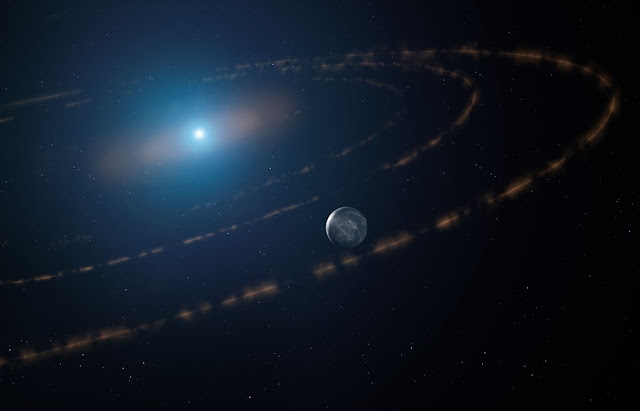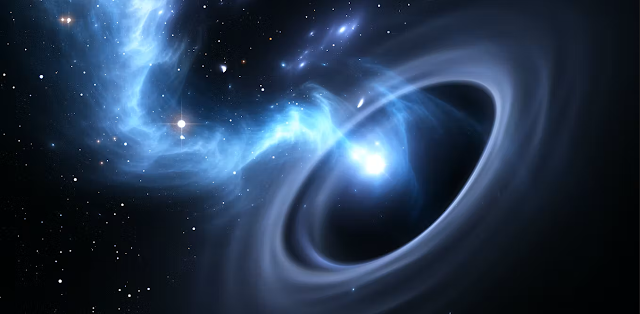NASA’s Future Spaceships Will Travel At 1 Million Miles Per Hour

Two highly promising concepts are being funded by the NASA Institute for Advanced Concepts (NIAC). In terms of ISP and power levels, the new ion drives could have been five times better. The development of multi-megawatt ion engines and antimatter propulsion is ongoing. Propulsion and Speed in Space What is the fastest spacecraft we have made? Voyager 1 is travelling at a speed of 38,000 mph (61,000 km/h). Both a gravitational slingshot and a chemical rocket were mostly used to accomplish this. Using gravitational boosts, the Juno, Helios I, and Helios II spacecraft attained speeds in the 150,000 mph range. The Sun's gravity will let the recently launched Parker Solar Probe travel at 430,000 miles per hour. Gravitational acceleration can increase the speed of a spacecraft by many times. However, using the gravity of Jupiter and the Sun to get more speed waste a lot of time. The spacecraft take many months to go around the Sun and get speed before starting the real mission. Best Che










